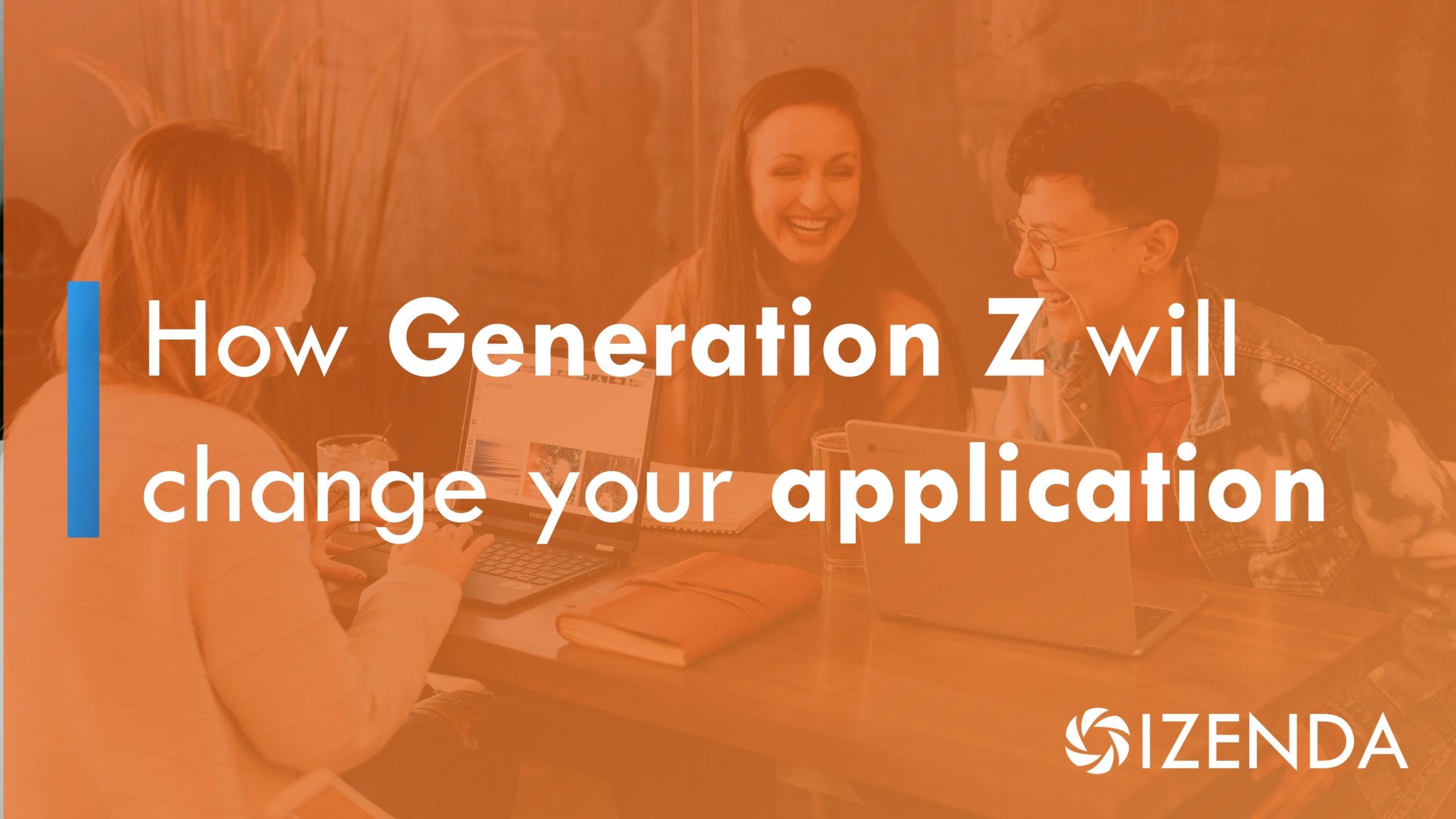
Members of Generation Z, born between 1995 and 2014, are just now entering the workforce. And that’s a challenge for organizations still trying to adapt to the particular demands of Millennials (think flexible schedules, office perks, continual feedback from management.) Unsurprisingly, Generation Z is shaping up to be very different from their predecessors.
For software companies, the impact of Gen Z is doubly relevant, not only to their workforces but also to the products they build, especially when it comes to application design and processes.
Generation Z is best known for being hyper-connected, a polite way of saying they are addicted to their mobile phones. In fact, most have used a connected device their entire lives. They expect, even prefer, to be able to do work on their phones. At the very least, they want mobile access to a software product’s core functionality, either via a responsive application or a downloadable or progressive web app. More likely, they expect to have full application functionality available to them on their phones 24/7.
This is also a DIY generation, one that is used to learning from YouTube. They were building PowerPoint slides in grade school, and have the skills to quickly create their own videos, websites and databases. But these users aren’t interested in becoming experts. This is not a generation that reads manuals. They only want enough information to jump in and get to work, and will abandon a tool when it no longer works for them. If your product doesn’t provide insight into how it is used or the pain points your users experience, you may be blindsided when they discover an alternative. Do not expect them to remain loyal to your product. You can see this with social media – Gen Z users have been quick to abandon Facebook in favor of Instagram and Snapchat. (And then, unhappy with its new UI, move off from Snapchat as well.)
Of course, Generation Z is still highly engaged on social media platforms. They have an innate understanding of “going viral” – how a seemingly random comment or video can resonate with thousands or even millions of others. Your organization may never have a PR problem like 2017’s United Airlines debacle, but you may have scalability issues if usage of your application suddenly takes off.
Social media has made this a more visually-oriented generation than previous ones, often communicating simply with memes, emojis and short video. They know how impactful a visualization can be, and will want to see their data transformed into visualizations which they can then share with others. They expect immediate feedback on their activities, not unlike upvotes on Reddit, or likes and follows on Instagram. And they expect to see a wide variety of website content (maps, newsfeeds, data points, videos) seamlessly integrated into their applications as they see in their social media feeds.
Finally, this is a generation with a short attention span, one that holds steadfast to their faith in multitasking, even when the science proves otherwise. Application designers will have the burden of ensuring that critical information is always displayed front and center in their UIs. Push notifications and scheduled reminders will be invaluable for this set of users as well.
Technology is now the way the world works, but Generation Z doesn’t think of it as “tech” – that is a prior generation’s definition. For them, tech is just their everyday experience. As author and futurist Thomas Koulopoulos explains, they swim in technology, it is a part of how they interact with the world, just as reading and writing were to past generations.

